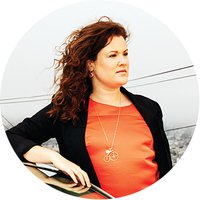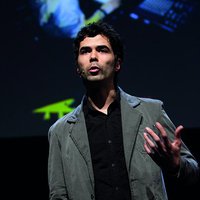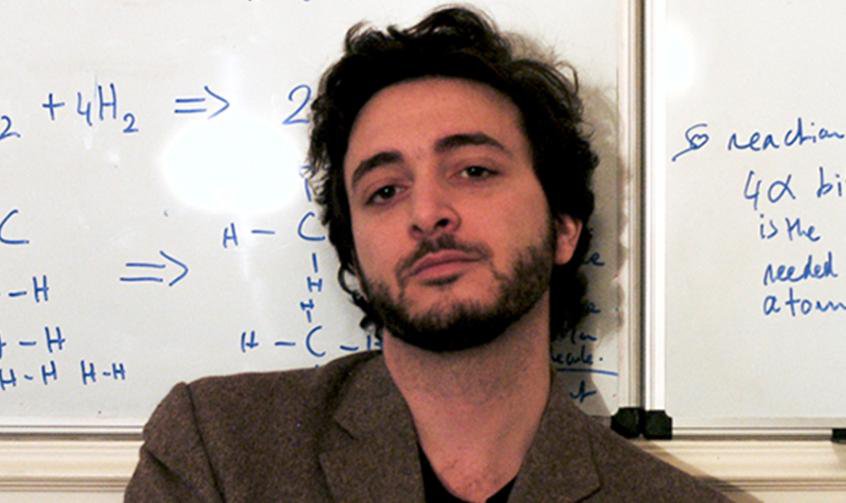"When Rand Hindi started playing with Big Data, he was graduating in Information Sciences at University College in London, where he discovered his interest in automatic learning – the basis for artificial intelligence – which he applied to creating data models to predict HIV resistance to drugs, based on its ADN. A PhD in Bioinformatics followed, and everything seemed set for him to apply his remarkable computing skills to the medical field. Instead, he created his own company, Snips, an innovation company specialised in predictive models for intelligent cities.
Recent years have seen a massive surge in data availability, especially through smartphones which follow us everywhere, and record all we do. We have entered the Big Data era, which means that data are so large that we require new technologies, architectures, tools and procedures to stock, analyse, and visualize them. It is similar to a new raw material of which we have found large unexploited deposits, but we are still lacking the tools to extract the useful bits.
That is precisely Hindi's specialty: fascinated by data and the improvement it could make in one’s life, this young innovator started looking for ways to extract practical ways to improve our life. From microscopic proteins, he moved to analysing life in urban areas, where an increasing percentage of the world's population is concentrating. How can one optimise the management of such a large population, in terms of traffic, accidents, access to services, behaviours? The technology developed by Hindi is built on contextual modelling methods. Unlike statistical models, which also look at data, contextual models identify the factors originating a given phenomenon, and consider them to predict the future. Using past information, correlating data on multiple levels to take better decisions for future behaviour, that is in a nutshell the principle of “intelligence”. For instance, population flows (as they can be represented by localisation data available from mobile operators) can be correlated to climate data and to their spending behaviour.
One practical case that showed Hindi's contribution to social innovation is the application developed with the French National Railways to predict the passengers' flow of public transport in Paris. The application is called Tranquilien and has been praised to help passengers make more informed choices to adapt to the public transport's capacity, by spreading themselves over a more uniform pattern across the network.
Open technologies, graphical storage, batch analysis and flow processing, these are some of the terms employed to describe the complex mechanisms to treat Big Data. Hindi has no doubt made a big leap forward in finding practical applications of Big Data to everyday life. His next challenge? To apply this technology to predict the number of road accidents in San Francisco. Another small leap for Hindi, a bigger one for (urban) mankind."




